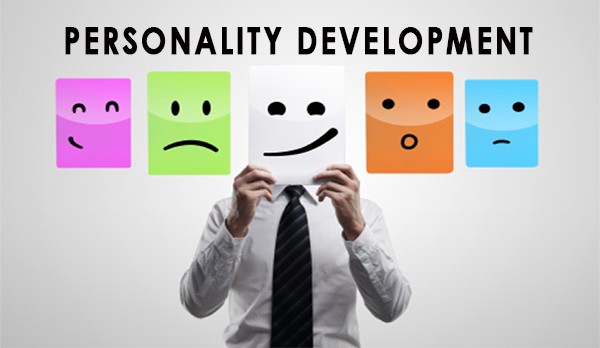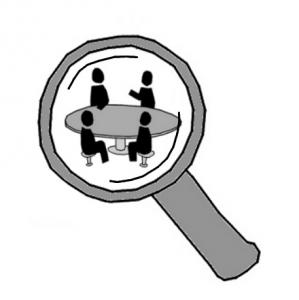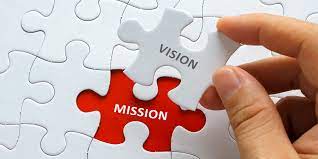Posted inPrinciple of Management
The Big 5 Personality Traits
There are a number of traits on which persons can be ranked or measured. However, five core personality traits called the five factor model have been found to be of value for use in organizational situations. Each of these 5 personality traits describes, relative to other people, the frequency or intensity of a person's feelings, thoughts, or behaviors. Every individual possesses all 5 of these traits, but in varying degree. For example, we can describe two managers as ‘tolerant’. But there could be significant variation in the degree to which they exercise their tolerance levels. The model categorizes people as possessing the following traits in varying degrees of high scope and low scope. Conscientiousness High Score - Productive and disciplined, rigid and “single tasking”. Low Score - Less structured, less productive, more flexible, inventive, and capable of multitasking. Agreeableness High Score – Co-operative, can be submissive, and empathetic to others.…









